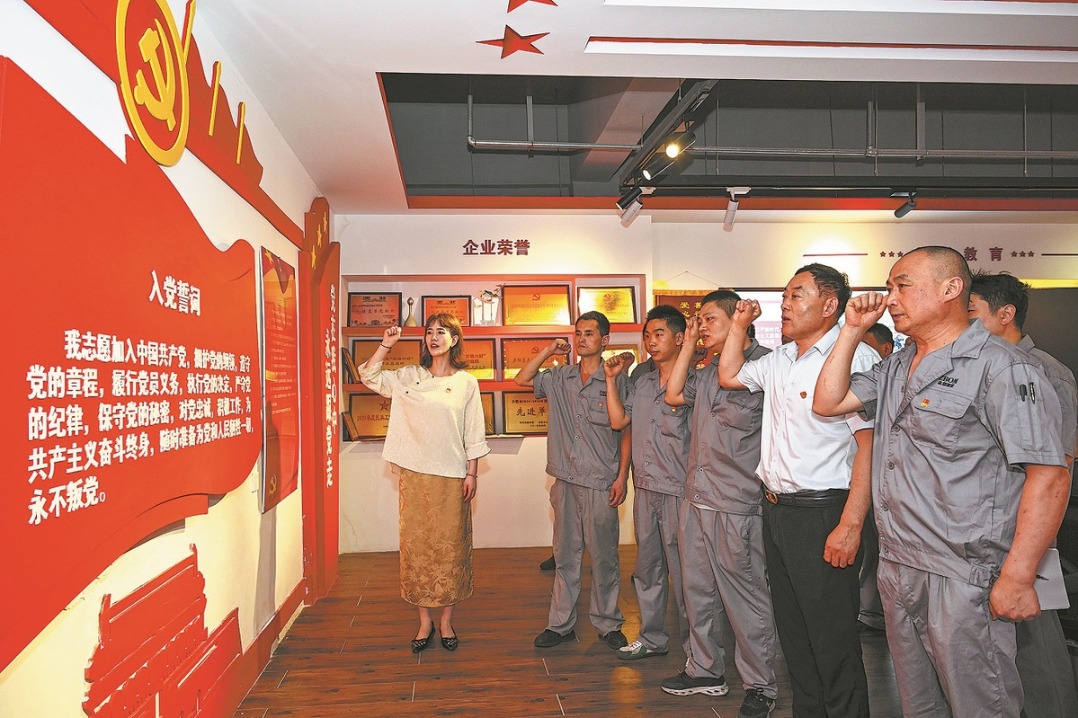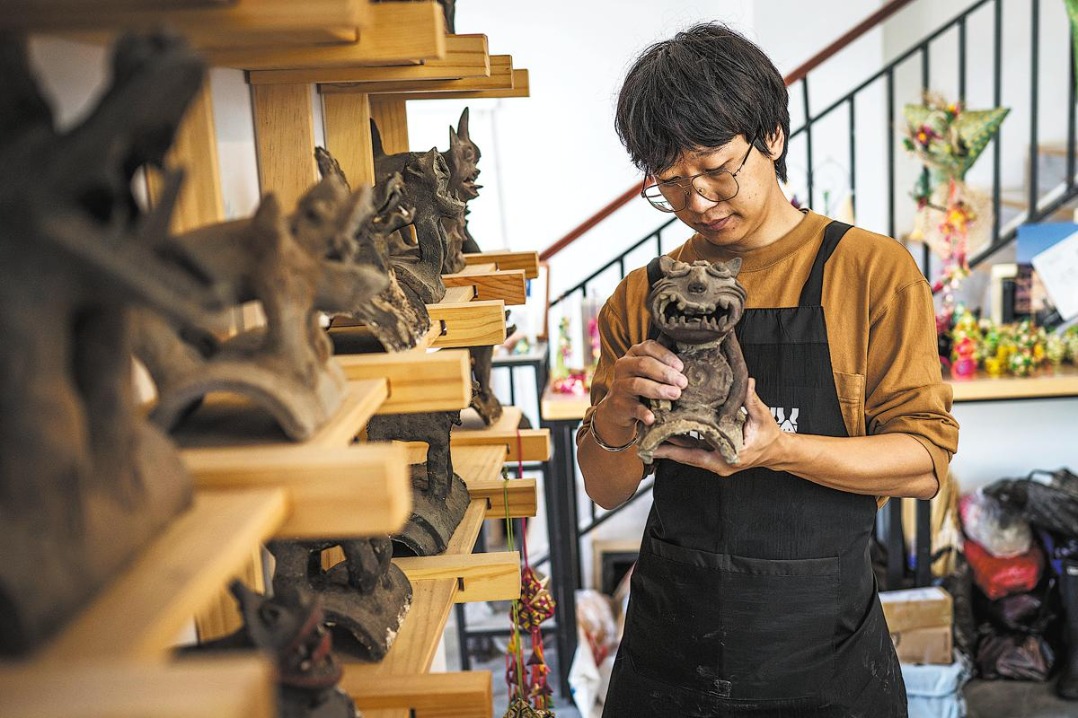Technology gives disabled new abilities


Fiction into reality
Help from technological advances comes in various forms. At a restaurant called "Dignity Kitchen" in Mong Kok, Kowloon, Raymond Tang Wai-man, a 31-year-old waiter, who is physically disabled and cannot walk due to cerebral palsy, doesn't have to show up physically to serve customers. He presents himself by deploying a one-meter-tall robot that rolls around the eatery, greeting and ushering in customers to make their purchases. Tang merely sits at his home in Sham Shui Po, remotely controlling the robot in the restaurant - a common scene in science fiction dramas.
In real life, the advent of remote telecommunication has brought hope and jobs to people with cerebral palsy or those who use wheelchairs. Tang had been jobless for more than two years until he found out that "remote waiters" could be employed. After familiarizing himself with the operations at "Dignity Kitchen", he began working from home by deploying the robot in greeting customers, leading them to different vendors to pick up their food, and introducing the restaurant to them.
Tang works six hours each week and is paid HK$37.5 ($4.8) per hour. It has been his only source of income during the COVID-19 pandemic. He also has the chance to communicate with various people without having to leave home. Children can also play hide-and-seek with the robot while some foreign customers would like to know Tang's story.
"My communication skills have improved a lot. What's more, I could feel a sense of freedom by directing the robot to walk. I never had such feelings before," says Tang.
Currently, about 43,400 people in Hong Kong, or 0.6 percent of the city's population, have severe difficulties in seeing. Among them, about 4,200 are blind.
The telecommunications industry has provided some options to help the disabled use smartphones, such as "TalkBack" on Android and "VoiceOver" on iOS. They enable users to make voice calls using a broadband internet connection and can give audible descriptions of contents appearing on the screen.
But, elsewhere, it's still an unknown world to the disabled. However, the answer may be found in an app called "WeVoice Plus", developed by Kelvin Siu Kai-wing - a former research engineer who founded InnoSpire Technology in 2018.
- Formalism eased for grassroots authorities
- Zoos keep animals warm to protect against winter chill
- Hangzhou passes first local law promoting health
- Work model pays farmers to plant trees for ecological restoration
- 'AI recruiters' refine China's hiring model
- Inheritor watches over craft of making wamao




































